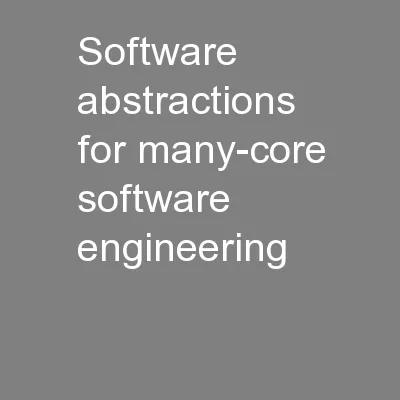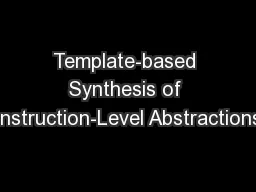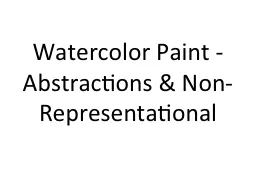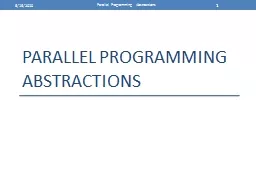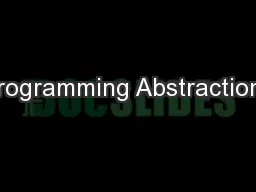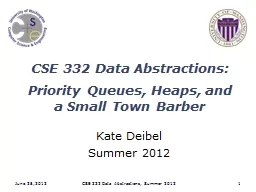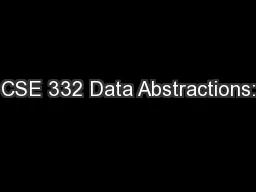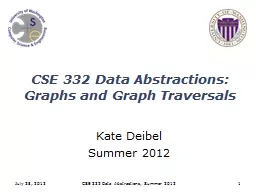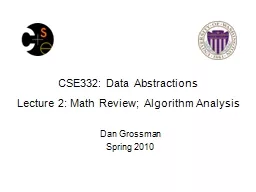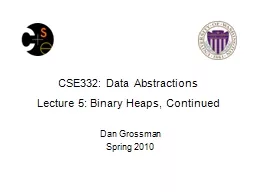PPT-Software abstractions for many-core software engineering
Author : pamella-moone | Published Date : 2016-11-26
Paul H J Kelly Group Leader Software Performance Optimisation Department of Computing Imperial College London Joint work with David Ham Gerard Gorman Florian Rathgeber
Presentation Embed Code
Download Presentation
Download Presentation The PPT/PDF document "Software abstractions for many-core soft..." is the property of its rightful owner. Permission is granted to download and print the materials on this website for personal, non-commercial use only, and to display it on your personal computer provided you do not modify the materials and that you retain all copyright notices contained in the materials. By downloading content from our website, you accept the terms of this agreement.
Software abstractions for many-core software engineering: Transcript
Download Rules Of Document
"Software abstractions for many-core software engineering"The content belongs to its owner. You may download and print it for personal use, without modification, and keep all copyright notices. By downloading, you agree to these terms.
Related Documents

